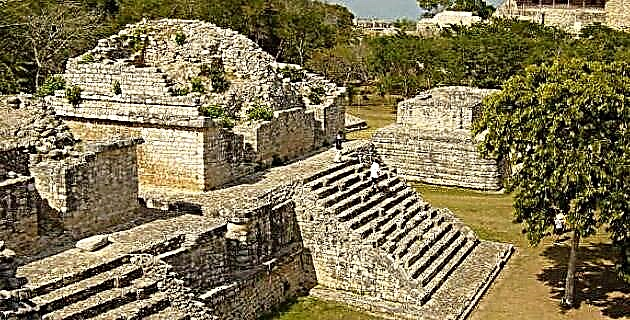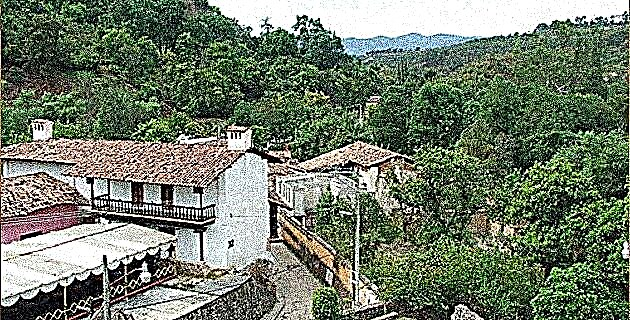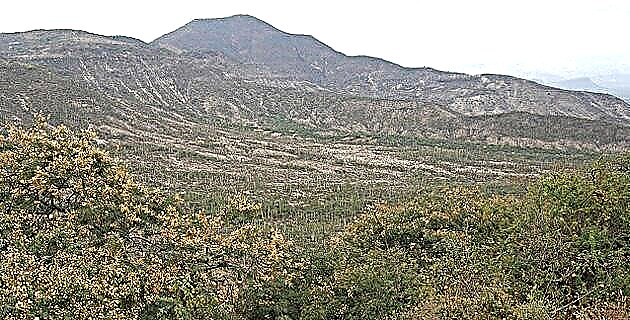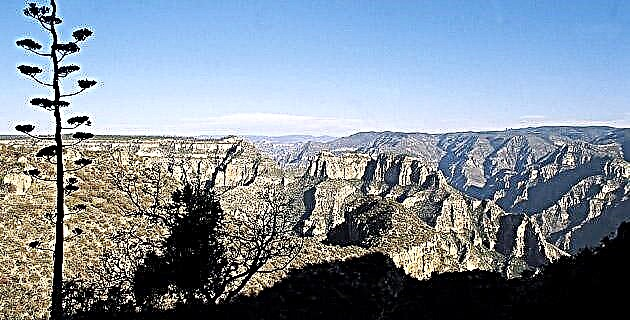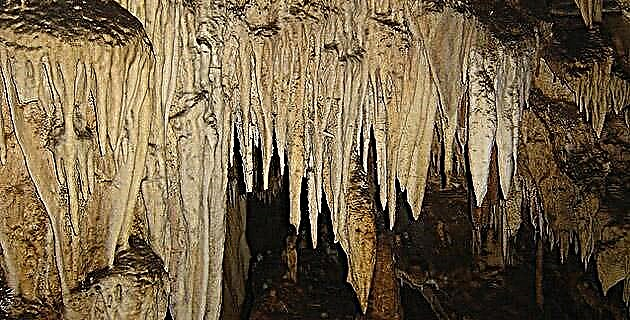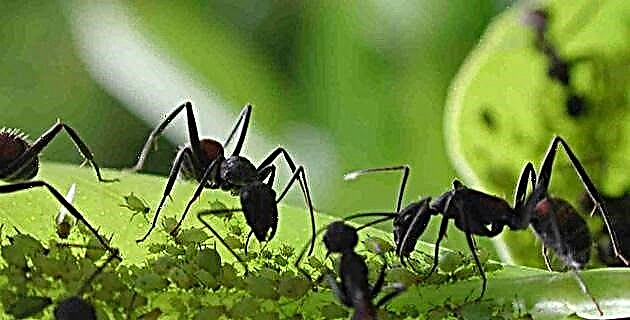
In the low, high, dry and humid forests of Mexico there are groups of social animals such as termites, ants or wasps that live underground, on branches or in tree trunks; they are species adapted to occupy unique habitats.
It is a world populated at all levels, where the environment establishes harsh conditions, competition is extreme, millions of animals and plants coexist, and complex relationships and survival strategies develop until they lead to various forms of life. In the low, high, dry and humid forests of Mexico there are groups of social animals such as termites, ants or wasps that live underground, on branches or in tree trunks; they are species adapted to occupy unique habitats. It is a world populated at all levels, where the environment establishes harsh conditions, competition is extreme, millions of animals and plants coexist, and complex relationships and survival strategies develop until leading to various forms of life.
In the tropical forests that today only cover less than 5% of the planet, almost half of the described species live; hot weather and high humidity create optimal ecosystems for almost anything to exist. Here, everything supports the processes of life and contains the highest concentration of species on the planet.
TO PERPETUATE THE SPECIES
In Mexico insect societies flourish that the more specialized the more strictly the division of their activities, separated into three castes: reproducers, workers and soldiers, each one dedicated to perpetuating the species, protecting and searching for food. The characteristics of these populations and numerous natural interactions have been studied on an evolutionary level, such as those in which one species benefits, both obtain benefits or depend on each other. Thus, cooperation or positive and negative relationships tend to pay off in the long term and are important in the evolution of species and stabilization of the environment. Here common relations develop and in more than half of the country rare coexistence can be admired; as an example is a plant covered in thorns and guarded by thousands of ants.
Our nation is megadiverse and has several species of acacia that have complex relationships with ants. Acacia, ergot or bull's horn (Acacia cornigera) grows in the jungles, a shrub averaging five meters in height and covered by long hollow spines, where red ants of one to 1.5 cm live, considered carnivorous by inhabitants of various regions . In this remarkable association between the plant and the ants (Pseudomyrmex ferrugunea), all the spines have a colony that has its entrance at the tips and the interior occupied by an average of 30 larvae and 15 workers. This thorny plant from Mexico and Central America provides shelter and food, and ants provide efficient protective equipment.
IF IT IS COLONIZATION
Not all acacias (Acacia spp.), Which number around 700 species in the tropics, depend on these insects, and neither do the more than 180 species of ants (Pseudomyrmex spp.) In the world depend on them. Few ants have shown the ability to displace those that have colonized a space. Some species that occupy these spines cannot inhabit elsewhere: A. cornigera, with a smooth and whitish to brown stem, depends on the ant P. ferrugunea, which protects it, since for millennia they have evolved in a symbiosis and now these ants inherited a genetic package of "protectors". Likewise, all communities are organized into food webs based on who eats whom.
Acacia produces leaves throughout the year, even in the dry season, when other plants have lost most of their foliage. Thus the ants have a secure supply of food and therefore patrol the branches, to attack any insect that approaches their domain, and with it they feed their young. They also bite what comes in contact with "their plant", destroy the seeds and weeds around the base so that no one competes for water and nutrients, thus the acacia occupies a space almost free of vegetation and the invaders only have access to the stem. main, where the defenders quickly repel the frontal attack. It is a living defense mechanism.
In records made on acacias (Acacia collinsii) of five meters that grow in pastures and disturbed lands of Central America, the colony has up to 15 thousand workers. There an expert, Dr. Janzen, has studied this joint evolution in detail since 1966 and indicates the likelihood that genetic selection is part of mutually beneficial relationships. The researcher showed that if the ants are eliminated, the fast bush is attacked by defoliating insects or is affected by other plants, grows slowly and can even be killed; furthermore, the shadow of competing vegetation may displace it within a year. According to biologists, this spiny species apparently lost - or never had - chemical defenses against herbivores in our forests.
When the swollen and long spines reach maturity, they reach between five and ten centimeters in length, and from tender they are marked in the exact place where the only access to the interior will be built; the ants pierce them and get into what will forever be their home; they live inside, take care of the larvae and frequently go out to roam their tree. In return they obtain a primary source of protein and fat from the modified leaflets, called Belt or Beltian bodies, which are like "fruits" of three to five mm of reddish color, located at the tips of the leaves; They also depend on a sweet secretion produced by huge nectar glands located at the base of the branches.
A STRICT REJECTION
Nobody can touch this plant, only some birds such as calenders and flycatchers build nests and incubate their eggs; the ants gradually tolerate these tenants. But his rejection of the rest of the animals never goes away. One spring morning I observed a rare sight in the north of the state of Veracruz, when a large black wasp arrived to take the transparent nectar stored at the base of a branch, it absorbed it, but in a few seconds aggressive red warriors emerged to defend its food; the wasp, several times larger, struck them and flew away without harm. This action can be repeated several times a day and the same happens with other insects, which is usually common in some similar species in almost all of Mexico.
In the natural world, plants and animals develop complex survival relationships that have given rise to infinite forms of life. Species have evolved this way over various geological eras. Today, time is running out for everyone, each organism that has had its own adaptation to the environment is suffering the most devastating and permanent effect: biological extinction. Every day encoded genetic information that can be valuable to us is lost, as we try to adapt to the accelerated changes of the environment to avoid our own extinction.
Source: Unknown Mexico No. 337 / March 2005

